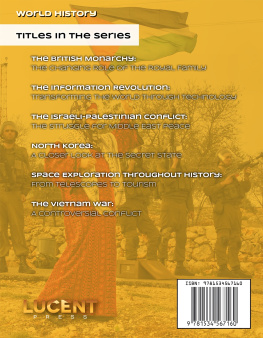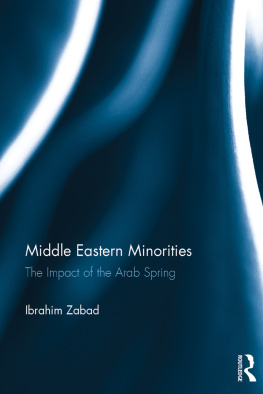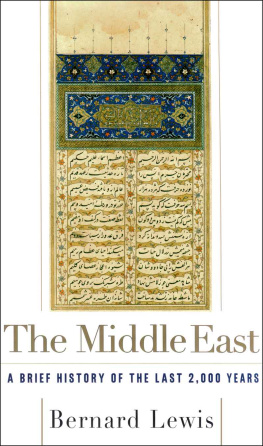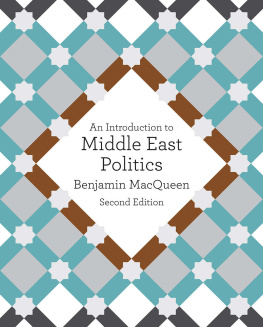



To my wife, Malka
............................................ 1
.............. 3
........................................ 9
............................... 13
............................... 21
.................... 23
............. 33
.................................. 34
.......................... 37
.................................... 40
.................................... 41
........................ 46
................... 51
........... 54
..................... 55
..................... 60
.......................... 61
............. 64
............................. 66
........................ 73
.. 76
......................... 77
................. 80
..................... 85
............ 93
.................................. 95
........................ 98
....................... 102
............................. 112
............. 114
................................ 115
......................... 118
................ 119
..................................... 122
.................................. 128
.. 133
......................... 134
........................ 138
............ 141
............................. 147
..... 156
....................... 157
......................... 162
................. 167
................................ 172
................................ 174
.. 180
................... 181
......................... 183
.................. 186
............................. 190
................................. 195
........................... 196
.......................... 200
......................... 204
....................... 207
.................... 213
.................. 220
.................................. 223
................................ 224
......................... 225
............. 229
............... 231
................ 236
.............. 240
...... 249
...................... 250
............................... 253
.............................. 255
.................. 259
............................... 263
................................. 265
....................... 268
................... 272
..................... 272
............................. 276
................................... 278
.................................. 296
............... 298
................ 301
................... 304
........................ 305
........................... 307
............................................ 311
................................. 337
....................................... 339
Since the first edition of this book appeared in 1991, the Middle East has undergone many important changes some of which have had a significant impact on small minority communities in the region. The continued militant surge of Islam posed a grave threat to a number of the groups, as in Algeria and Sudan, while others have been subdued as in the case of Syria's repressive policies in Lebanon. It is difficult to discern any clear regional pattern, aside from the general impression that minorities are far from faring better with the dawning of the twenty-first century than before. Christianity as such remains battered and dissipating in the Muslim Middle East.
The cataclysmic events of September 11, 2001, reverberated from New York City and Washington, not only to Afghanistan as America's first military target of Islamic terrorism, but into the heartlands of the Middle East. Iraq and Syria were identified as terror-supporting states: that provides focus, among others, on Kurdish and Alawite minority peoples. The Bush administration discussed the role of Lebanon, and that touched on the Maronites and Druzes. Sudan's past connection to Osama bin Laden is well documented: this can have a bearing on the Christian Africans in that wartorn land. Israel, itself a long-time victim of Shiite and Palestinian terrorism, has played a central role in the political entanglements of the Middle East, thereby altering the general fate of other non-Arab Muslim peoples.
Scholarly and political interest on the subject of minorities around the world has increased over the years. There is a growing recognition that national integration within state borders is incomplete, and that alienated and often dissident groups, be they in France, Spain, Russia or Yugoslavia, constitute a source of incessant communal demands and unresolved conflict situations. We witnessed in the Middle East of the 1990s attempts to raise the minority question despite the stubborn resolve of governments to marginalize and ultimately remove the issue from the public agenda. The political upshot from the Gulf crisis and war in 1990-91 encouraged Arabs and Americans to try and promote democratization in the region, but progress has been minimal and in some countries is in a retrograde state.
Much has changed since publication of this book's first edition in 1991. In updating the book I have corrected some errors and rewritten certain passages, but moreover this second edition carries the minority narrative into the new century, with new information and analysis. There is a growing literature on Middle East peoples, including numerous internet sites that express group vitality despite loss. I have maintained a lively interest in the subject and published a number of articles in the last few years both of a general nature and some dealing with specific minority issues in the Middle East. At the same time, my contacts with various individuals from different minorities have grown and enriched my understanding of their condition. It is often the case that minorities are more free to express their claims and retain their identities outside of their native homelands and countries than within them. This is a commentary on the flimsy foundation for freedom in the region itself.
Mordechai Nisan
Jerusalem, 2002












